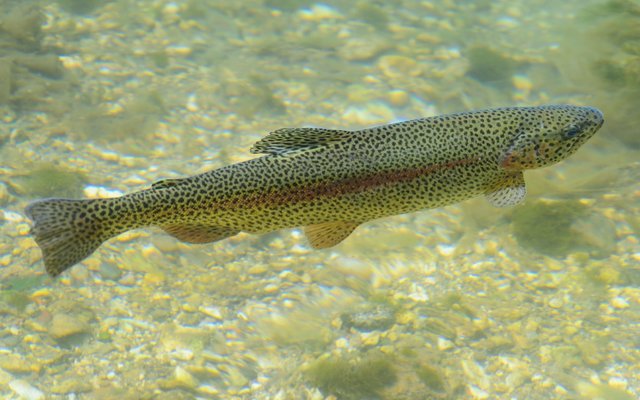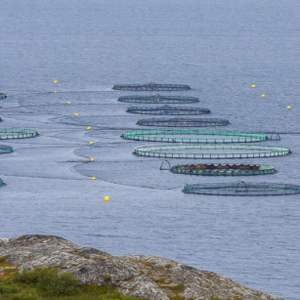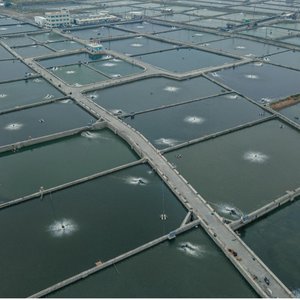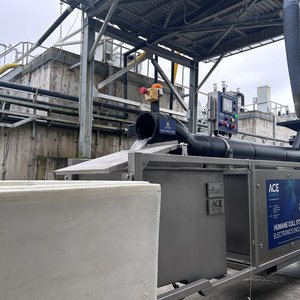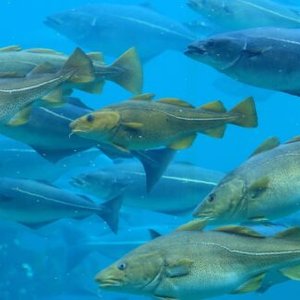Funded by a three-year grant from the USDA’s National Institute of Food and Agriculture with USD 500,000, Salinas Lab’s researchers from the University of New Mexico’s Department of Biology have discovered an immune structure in the nasal cavities of rainbow trout that scientists previously didn’t know existed.
The groundbreaking study, which was published in the Journal of Immunology and co-authored by scientists from the University of Idaho, will allow fish immunologists to better understand the efficacy of aquaculture vaccines with repercussions on fish health and consequently fish farming.
Nasal immune structure has molecular features of “germinal centers,” a reaction that happens in humans when we get vaccinated or infected. Germinal center reactions are often used as markers for vaccine responses.
“We knew about germinal center reactions in lymphoid structures in humans, mice, and birds, but we didn’t think the architecture of the fish immune system had such structures. Many people have looked for them including us, but we couldn’t find them, mainly due to the lack of the right tools,” said Irene Salinas, a professor and associate chair in biology. “We have been investigating the nasal immune system of fish for a decade, but we kept missing these unique structures full of lymphocytes.”
According to Salinas, researchers at her laboratory kept dissecting the olfactory organ of trout out of the fish nasal cavities until 2018, when Pedro A. Castrillo, a veterinarian that was visiting the lab for a few months, suggested keeping the discarded part and examining the entire undisturbed nasal cavity. “We were leaving that tissue behind, and that’s where this structure is,” Salinas said.
According to Salinas, the ultimate proof that these structures function like mammalian germinal centers needs to be produced. This involves a series of ongoing experiments that would demonstrate that the B cells within the trout nasal germinal center-like structures are maturing in response to infection or vaccination. Thus, more research on the sequences of the B cell receptors is needed. Demonstrating the clonal expansion of specific B cells in response to a vaccine is a critical part of the puzzle that is yet to be completed.
“When we were developing vaccines until now, we didn’t know where to look to measure the impact of the vaccine on fish immune systems,” Salinas said.
The new information can assist industries in better understanding vaccinations in fish and decision-making. The choice of the best interval between doses when more than one administration is required as well as the development of new aquaculture mucosal vaccines that can be delivered without injection will reduce costs and improve farmed fish welfare.
Benjamin Garcia, Fen Dong, Elisa Casadei, Julien Rességuier, Jie Ma, Kenneth D. Cain, Pedro A. Castrillo, Zhen Xu, Irene Salinas. A Novel Organized Nasopharynx-Associated Lymphoid Tissue in Teleosts That Expresses Molecular Markers Characteristic of Mammalian Germinal Centers. J Immunol 1 December 2022; 209 (11): 2215–2226. https://doi.org/10.4049/jimmunol.2200396


